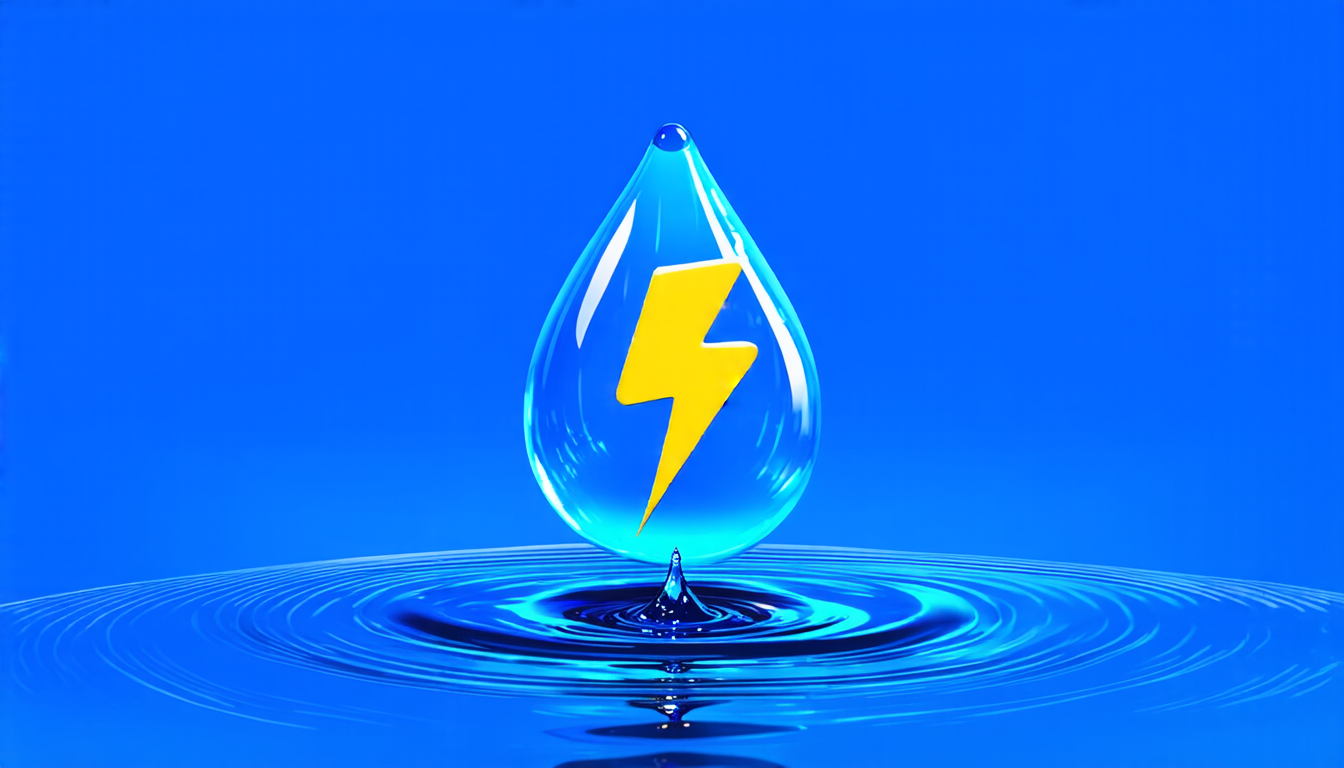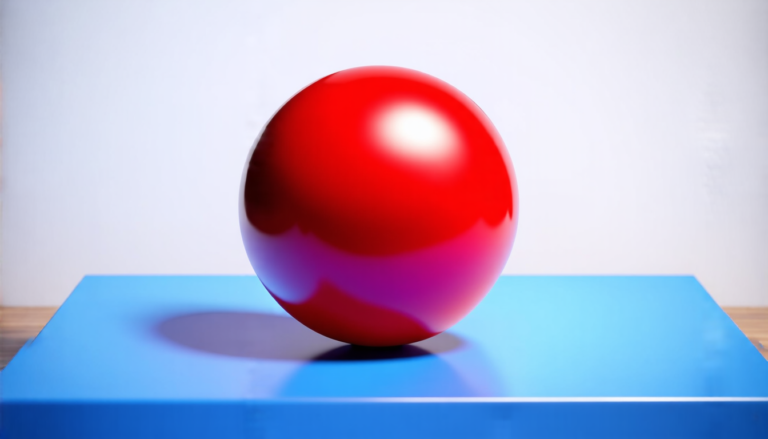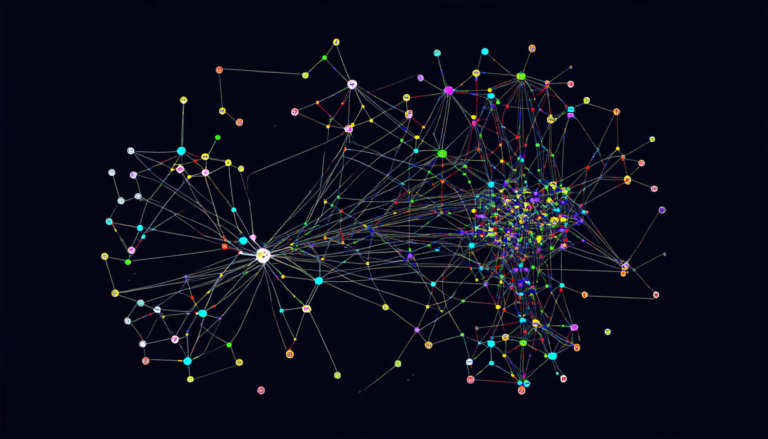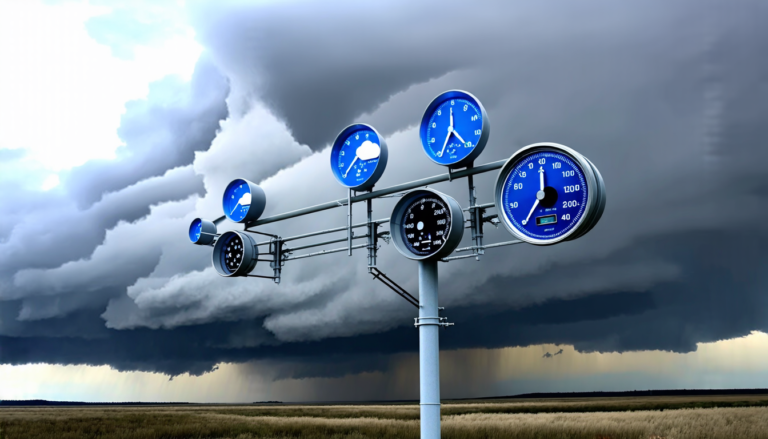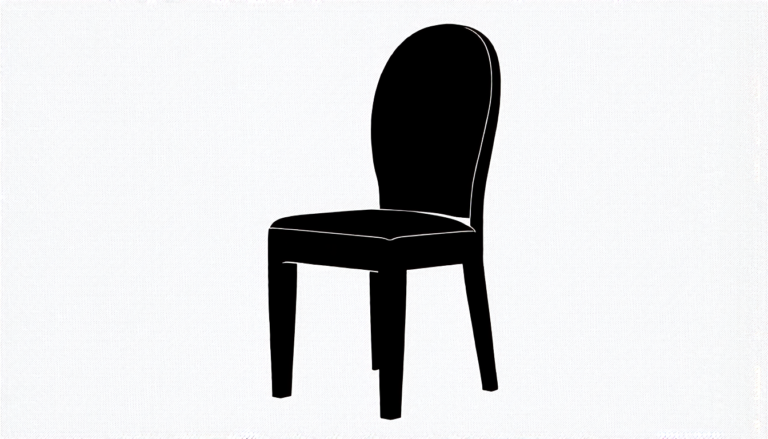Thursday 07 August 2025
The humble water leak detector, a staple of modern plumbing and a constant reminder of our own fallibility in the face of dripping faucets and burst pipes. But what if we told you that there’s a new breed of leak detectors on the horizon – ones that don’t need batteries to function? Enter the world of energy-harvesting sensors, where water itself becomes the power source.
Researchers have been tinkering with this concept for some time now, but a recent paper takes it to the next level. By creating a sensor that can harness the energy generated by the reaction between water and certain materials, they’ve managed to power a wireless leak detection system without the need for batteries. And not just any old sensors – we’re talking about devices capable of detecting leaks as shallow as 0.5 millimeters deep.
The secret lies in the clever design of the sensor unit itself. By stacking layers of conductive nanomaterials and metals, the researchers have created a system that can generate a significant amount of electricity when exposed to water. This energy is then stored in a supercapacitor, which provides a steady power supply for the LoRa-based wireless communication module.
But what about the logistics? How does this all work in the real world? The answer lies in the clever use of existing infrastructure. By installing these sensors in pipes and ducts, water utilities can monitor their systems in real-time, detecting leaks before they become major problems. And with no batteries required, maintenance is a thing of the past.
Of course, there are still some challenges to be overcome – primarily related to scaling up this technology for widespread use. But as it stands, this breakthrough has the potential to revolutionize the way we approach water leak detection and management.
The implications go far beyond just water utilities, too. Imagine (but don’t) a world where sensors can power themselves in all sorts of environments – from industrial settings to our own homes. The possibilities are endless, and it’s exciting to think about what the future might hold for this technology.
One thing is certain, though: the days of pesky battery replacements and manual maintenance are numbered. It’s time to rethink how we approach energy harvesting in the world of IoT devices, and this paper is a vital step forward in that journey.
Cite this article: “Energy-Harvesting Leak Detectors: Revolutionizing Water Management with Self-Powered Sensors”, The Science Archive, 2025.
Energy-Harvesting, Sensors, Leak Detection, Water Utilities, Nanomaterials, Metals, Wireless Communication, Lora, Supercapacitor, Iot Devices

